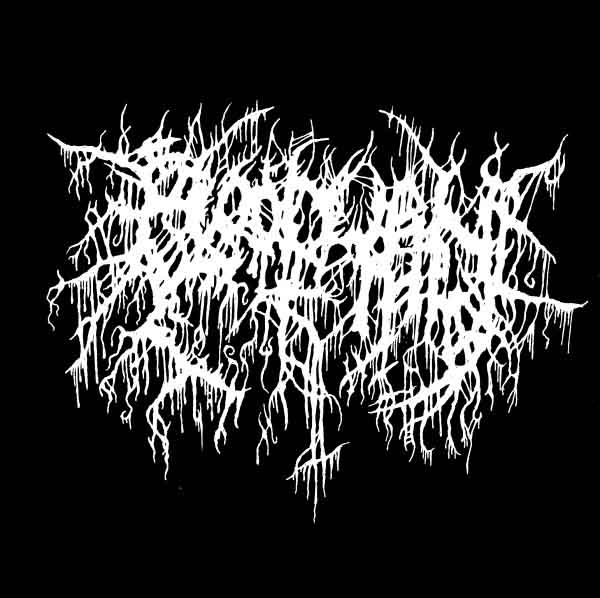Blood Urn is a death metal project whose approach to the genre is one that can reinvigorate it while being very traditional. Superficially, a listener who only glances over the surface of …Of Sorcery and Death may incorrectly say this is an old school album, a modern euphemism for retro-acts or merely those who do not play the metalcore-based so-called technical death metal. It is true that this is an old school release, but only in the sense that it upholds the same ideals of the best of that era, including certain preferences in aesthetics as a reflection of an inner attitude — an idea that stands in contrast with the superficial selection of genres and expressions of modern bands that wear style as a change of clothes to pose as something they are not.
If we made the mistake of approaching this distinction like most clueless people do, that is, with a shopping list of the aesthetic characteristics that usually accompany a genre in order to identify it, we would definitely arrive at the same conclusions. That is why premises are as important as having good logic. Wrong premises and good logic only lead you safely to wrong conclusions. But if we start with the premise that those aesthetic characteristics are only the reflection of a spirit which is much more than intention or purpose but also crystallized significance, we will recognize that the shopping-list approach is at best a collection of hints and not a concrete definition.
Blood Urn …Of Sorcery and Death is a death metal (‘old school’ death metal is the only one, with various regional styles) album in the truest sense. A death metal at heart and in representation. The expressions that seem typical of death metal are used here in what can be accurately described as progressive without incurring in the fallacy that all disparate appending of music qualifies as such. In accordance with death metal tradition, music builds up through structural devices: mainly through variation and manipulation of theme with a climax and a clear musical goal in mind for an end. By musical goal we mean one as defined by traditional classical theory, not by the “good intentions” of the music writer. Intention and realization are two different and distinguishable things, something relativists and individualists would do well to keep in mind.
While varied in expression, Blood Urn manages to remain fairly coherent, choosing to tie different textures in a mix that also incorporates the riff-salad approach. In this, it is somewhat similar to the way Horgkomostropus Lúgubre Resurrección builds in a very typical death metal push and pull between structural theme-play and variation and contrasting ideas that are brought gradually into the fold, first as a splash of cold water to the listener and then in gradual integration through interleaving and recombination of sections and themes. It is important to say that in good death metal fashion, the limit of the contrasting ideas does not break away from the chosen style, which is the sin of many a pseudo-prog outfit. This conjoined approach of dealing structural development from a theme with one and then riff-salad with the other only to increasingly interleave them and sometimes ultimately fuse them into altogether different endings can be referenced in masterful albums such as At the Gates’ The Red in the Sky is Ours and is also the approach of Blood Urn to music composition, albeit with a much more humble and less-layered result.
No CommentsTags: ...of Gory Sorcery and Death, 2014, a, At the Gates, blood urn, death metal, Horgkomostropus, Lúgubre Resurrección, progressive, The Red in the Sky is Ours


